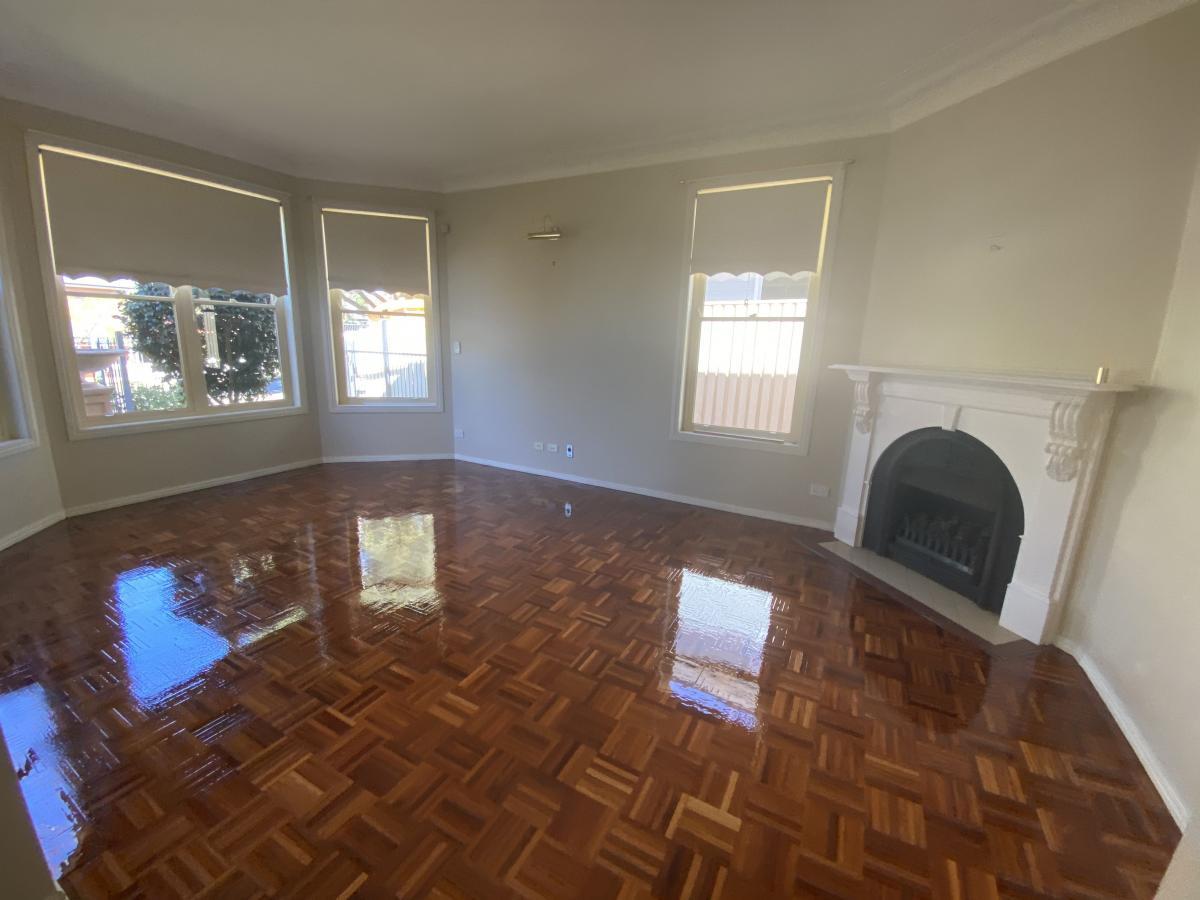Preparation: Before you begin sanding and polishing your timber floors, you'll need to prepare the room by removing all furniture, rugs, and other items from the floor. You may also need to tape off any areas that you don't want to sand or polish, such as baseboards (skirt boards) or door frames.
Sanding: The first step in the sanding process is to use a rough grit sandpaper to remove the top layer of the floor's finish and any imperfections in the wood. You'll need to work in sections, using a floor sander to cover the entire floor.
Cleaning: Once you've finished sanding, you'll need to sweep and vacuum the floor to remove all the dust and rubbish.
Repairing: If the floor has any deep scratches or other damage, you may need to repair it using wood filler before you can proceed with the polishing process.
Sanding again: After the repairs are complete, you'll need to sand the floor again, this time using a finer grit sandpaper. This will help to smooth out any rough areas and prepare the floor for polishing.
Cleaning again: Once you've finished sanding, you'll need to sweep and vacuum the floor again.
Applying the polish: Once the floor is clean and smooth, you can apply the polish. You'll need to follow the manufacturer's instructions for the specific product you're using, but the general process involves applying a thin layer of polish with a buffer or by hand, allowing it to dry, and then repeating the process until you've achieved the desired level of shine.
Finishing touches: Once the polish is applied and dry, your job is almost over. Now you can remove the tapes from your baseboards and clean the floor if needed.
Cleaning and maintenance: To keep your newly sanded and polished floor looking its best, you'll need to regularly sweep and vacuum it and apply additional coats of polish as needed.
